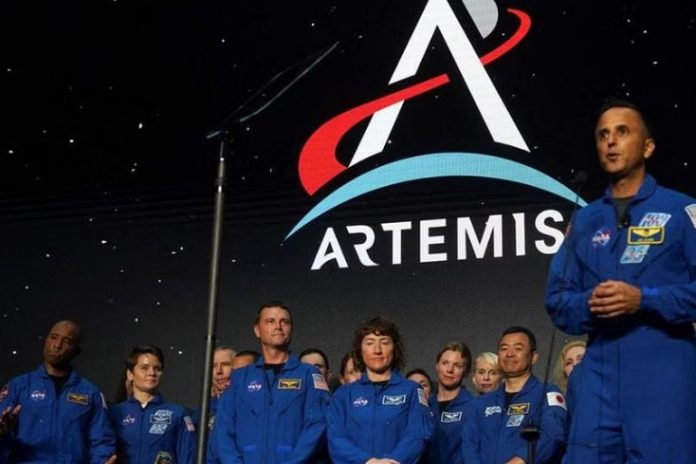NASA is set to postpone the next few missions to the moon as part of a key programme, due to technical problems with the various spacecraft planned for the mission.
The US space agency was expected to unveil its plans on Tuesday after spending several months monitoring progress with contractors and considering changes to Artemis, a multi-billion dollar programme that involves returning the first astronauts to the moon since the last Apollo mission in 1972.
Presumably, NASA’s second Artemis mission will be postponed beyond the planned end of 2024. The reason for the postponement was problems with the batteries of the Lockheed Martin-built Orion crew capsule (LMT.N) that were discovered during testing. The batteries are to be replaced.
NASA Administrator Bill Nelson said on Tuesday:
“Safety is our top priority, and to give Artemis teams more time to work through the challenges.”
It would be the first flight with humans on board since an uncrewed capsule launched on a NASA Space Launch System rocket during the first test in 2022. NASA is also looking to build a lunar space station called Gateway where spacecraft will dock during later missions.
Artemis 3, the first human landing on the moon, scheduled for late 2025 using the Starship landing system from NASA contractor SpaceX, will also be postponed. Billionaire Elon Musk’s SpaceX is taking longer than expected to reach certain development milestones, according to all four people.
Lockheed and SpaceX did not immediately respond to requests for comment. NASA’s moon and Mars exploration strategy head Amit Kshatriya said the new schedule “acknowledges the very real development challenges that have been experienced by our industry partners”.
In recent months, senior NASA officials have considered plans to move the astronaut landing to a fourth mission to give SpaceX and other contractors more practice before the first such landing in half a century.
NASA officials presented that option to the agency’s senior leadership last month, but it could not be revealed whether it chose that path. It was also unclear what the new target dates for the first Artemis missions would be.
NASA’s Artemis programme relies heavily on private companies. It will use Boeing (BA.N) and Northrop Grumman (NOC.N) space launch vehicles to get people from Earth, Lockheed’s Orion capsule to take them to the moon and SpaceX’s Starship to get them to and from the lunar surface.
Billionaire Jeff Bezos’ Blue Origin is involved in developing a landing module for astronauts for later missions.
The complex stages of development for SpaceX’s giant Starship system include a plan to refuel Starship at an orbiting fuel depot before the craft can take humans to the moon’s surface and launch them back with enough fuel.
NASA is eager to see SpaceX make progress on the orbital refuelling plan, the three people said, seeing it as a potential bottleneck related to the delicate transfer of thousands of gallons of supercooled and flammable fuel into orbit.
